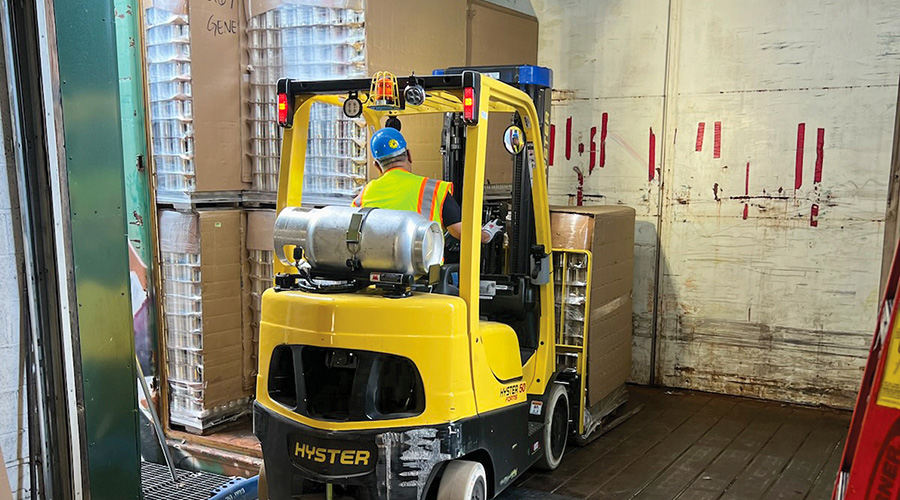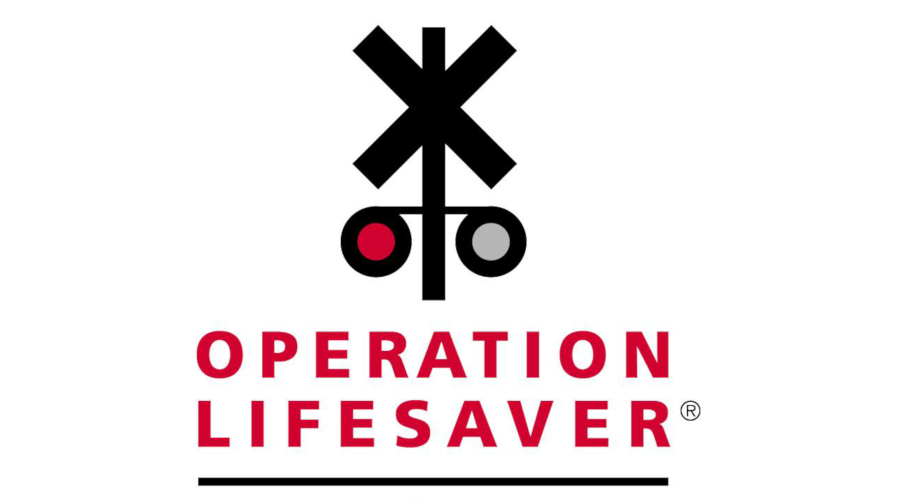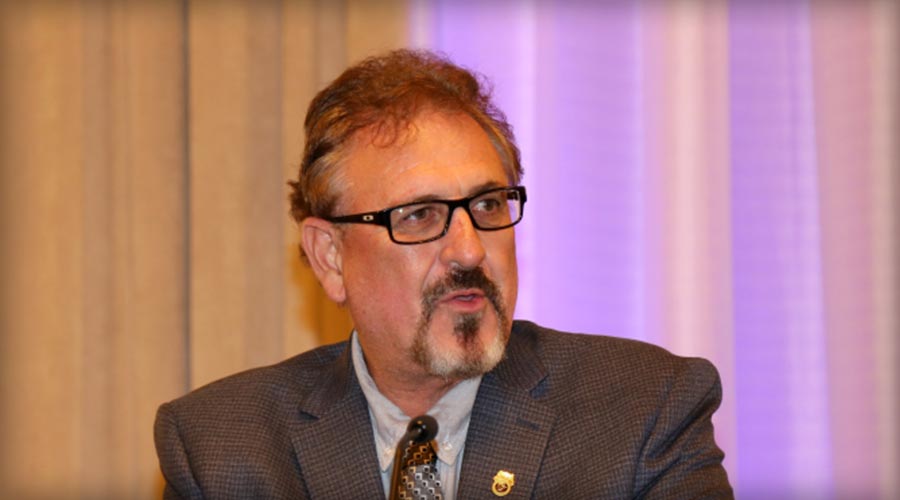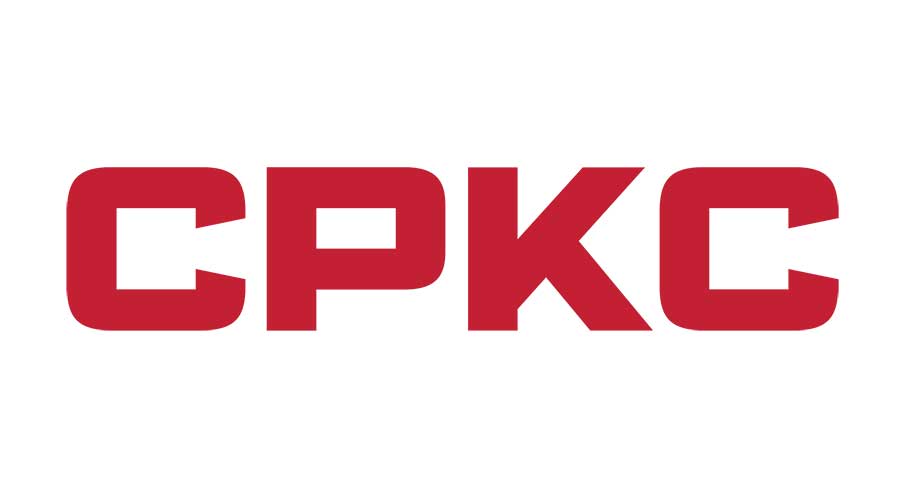Newsletter Sign Up
Stay updated on news, articles and information for the rail industry
Stay updated on news, articles and information for the rail industry
RAIL EMPLOYMENT & NOTICES
Rail News Home
High-Speed Rail
Rail News: High-Speed Rail
1/21/2011
Rail News: High-Speed Rail
Republican spending-cut bill unlikely to pass, but still 'worrisome,' says AHSRA's Baker
advertisement
Yesterday, members of the Republican Study Committee (RSC) introduced the Spending Reduction Act, which proposes to reduce national debt by cutting funding for a range of federal programs. It would zero out federal funding for high-speed rail, Amtrak and New Starts transit projects.
But how likely is it that such a bill would pass Congress? Not very, says American High Speed Rail Alliance advisory board member Chuck Baker — at least not in its current form.
“Something this dramatic as a stand-alone bill won’t pass,” says Baker, who also serves as president of the National Railroad Construction and Maintenance Association. “It more serves as a marker for the coming debate over spending. In that sense, it’s very worrisome for the transportation industry.”
Especially because the 174-member RSC is not a “fringe group,” says Baker.
“RSC represents sort of the conservative wing of the Republican party, but it has a lot of members,” he says.
That’s why it’ll be important for industry stakeholders to explain the difference between transportation spending and transportation investment to RSC members, says Baker — and soon. In December, Congress passed a continuing resolution that funds all federal spending programs through March 4. The Republican fight to reduce spending will ramp up during those budget discussions, Baker says.
And although the spending-cut bill is aimed at reducing annual federal appropriations rather than the pending surface transportation authorization, the proposed cuts dampen the prospects of achieving meaningful reform through new long-term transportation legislation.
“We need a bigger program because of our infrastructure needs, but there seems to be no real chance of increasing revenues into the trust fund,” says Baker. “If you can’t increase revenue, then all you’re left with is tinkering with financing programs and trying to do more with less … and none of that’s suitable for the straight funding resources we need.”
And if the next surface transportation bill does not include new revenue streams, it’s unlikely that a new program to fund high-speed rail would be approved.
But the transit-funding outlook isn’t necessarily all doom-and-gloom, says Baker.
“I do think there’s reasonable hope that when we get into this with some more detail, [RSC members] can understand the distinction between spending vs. investment,” he says. “Hopefully some of the areas we focus on to cut are not the infrastructure investment, which historically has been seen by even the most conservative people as a core function of federal government and something that underpins the growth of business, prosperity and jobs.”
To that end, there aren’t a lot of congressmen who actually would be in favor of completely killing funding for Amtrak and transit New Starts, says Baker. High-speed rail might be a different story.
“Both Amtrak and New Starts have a decades-long history of delivering results for federal investment and we can point to the benefits very clearly because they already exist,” says Baker. “High-speed rail requires a little more vision.”
Although high- and higher-speed rail has proven successful in some areas — such as the Northeast Corridor, Pacific Northwest, California and some areas of the Midwest — the return on investment isn’t as well-established as it is for other transit services.
“It’s easier to see something you’d be losing rather than something you won’t be gaining,” says Baker.
— Angela Cotey
But how likely is it that such a bill would pass Congress? Not very, says American High Speed Rail Alliance advisory board member Chuck Baker — at least not in its current form.
“Something this dramatic as a stand-alone bill won’t pass,” says Baker, who also serves as president of the National Railroad Construction and Maintenance Association. “It more serves as a marker for the coming debate over spending. In that sense, it’s very worrisome for the transportation industry.”
Especially because the 174-member RSC is not a “fringe group,” says Baker.
“RSC represents sort of the conservative wing of the Republican party, but it has a lot of members,” he says.
That’s why it’ll be important for industry stakeholders to explain the difference between transportation spending and transportation investment to RSC members, says Baker — and soon. In December, Congress passed a continuing resolution that funds all federal spending programs through March 4. The Republican fight to reduce spending will ramp up during those budget discussions, Baker says.
And although the spending-cut bill is aimed at reducing annual federal appropriations rather than the pending surface transportation authorization, the proposed cuts dampen the prospects of achieving meaningful reform through new long-term transportation legislation.
“We need a bigger program because of our infrastructure needs, but there seems to be no real chance of increasing revenues into the trust fund,” says Baker. “If you can’t increase revenue, then all you’re left with is tinkering with financing programs and trying to do more with less … and none of that’s suitable for the straight funding resources we need.”
And if the next surface transportation bill does not include new revenue streams, it’s unlikely that a new program to fund high-speed rail would be approved.
But the transit-funding outlook isn’t necessarily all doom-and-gloom, says Baker.
“I do think there’s reasonable hope that when we get into this with some more detail, [RSC members] can understand the distinction between spending vs. investment,” he says. “Hopefully some of the areas we focus on to cut are not the infrastructure investment, which historically has been seen by even the most conservative people as a core function of federal government and something that underpins the growth of business, prosperity and jobs.”
To that end, there aren’t a lot of congressmen who actually would be in favor of completely killing funding for Amtrak and transit New Starts, says Baker. High-speed rail might be a different story.
“Both Amtrak and New Starts have a decades-long history of delivering results for federal investment and we can point to the benefits very clearly because they already exist,” says Baker. “High-speed rail requires a little more vision.”
Although high- and higher-speed rail has proven successful in some areas — such as the Northeast Corridor, Pacific Northwest, California and some areas of the Midwest — the return on investment isn’t as well-established as it is for other transit services.
“It’s easier to see something you’d be losing rather than something you won’t be gaining,” says Baker.
— Angela Cotey


 2025 MOW Spending Report: Passenger-rail programs
2025 MOW Spending Report: Passenger-rail programs
 Gardner steps down as Amtrak CEO
Gardner steps down as Amtrak CEO
 Guest comment: Oliver Wyman’s David Hunt
Guest comment: Oliver Wyman’s David Hunt
 Women of Influence in Rail eBook
Women of Influence in Rail eBook
 railPrime
railPrime








